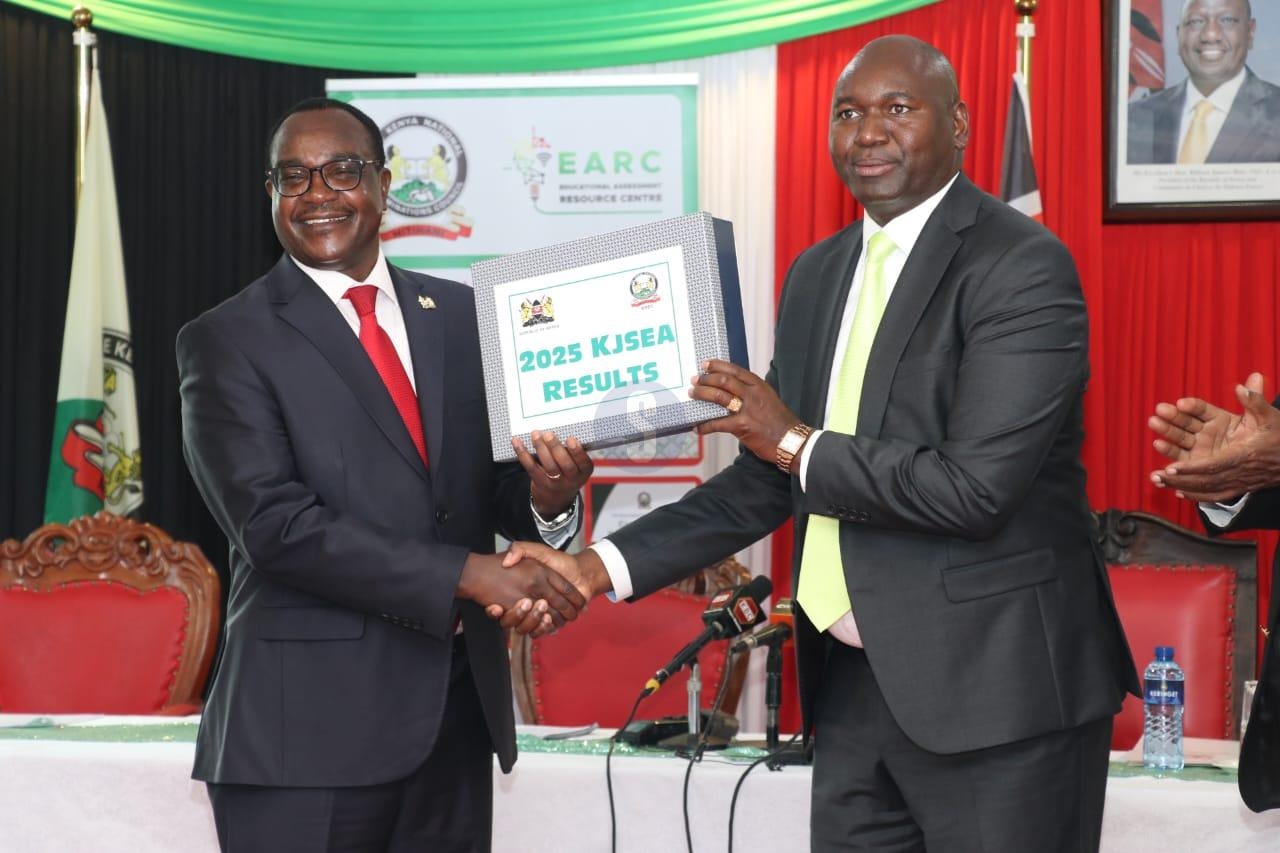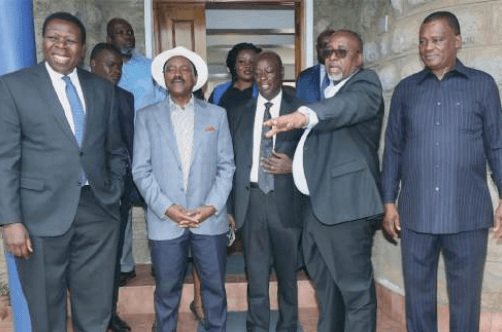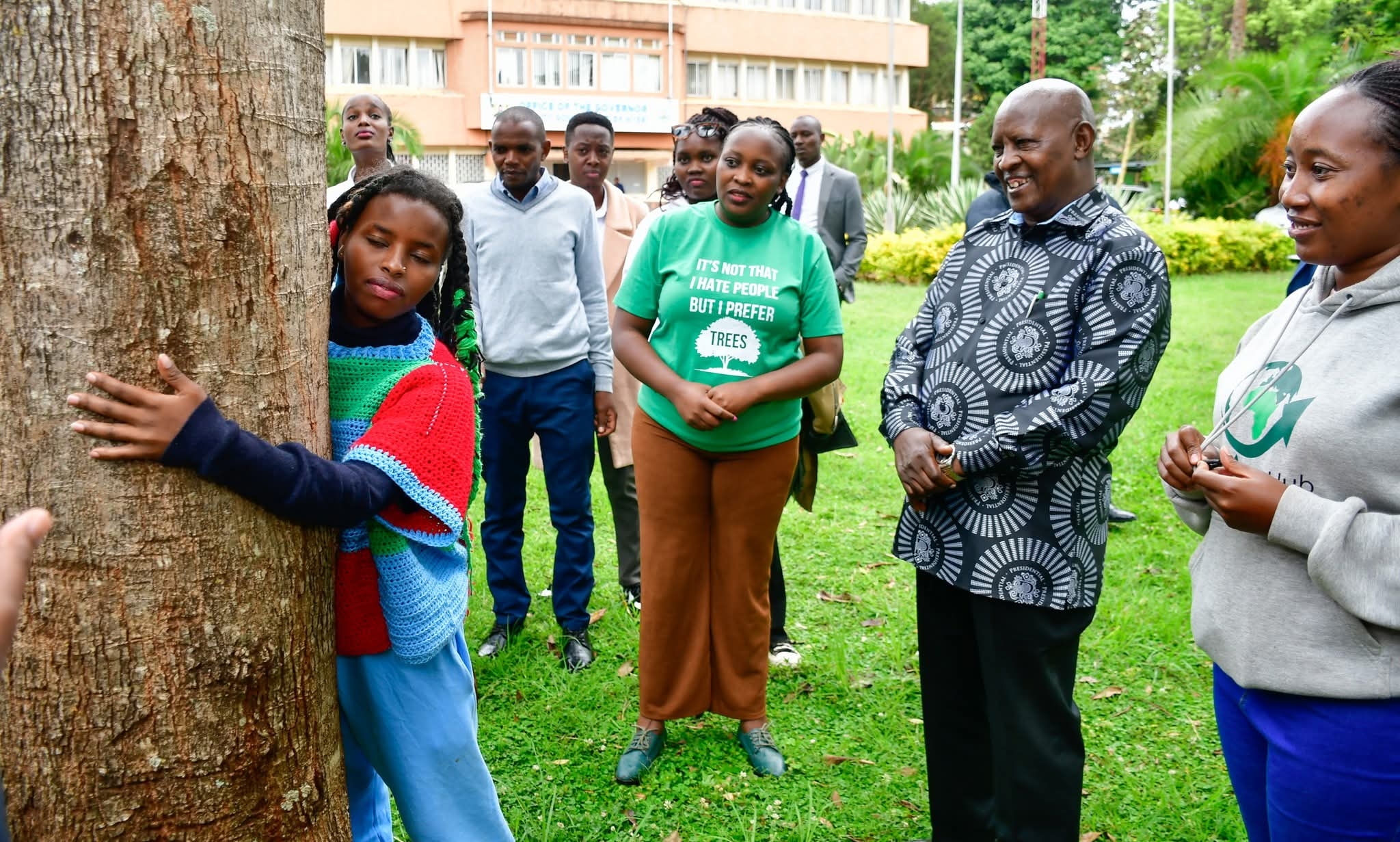The Kenya Forest Service noted the publication of a two page article in the Star on July, 12 authored by Peter Kitelo, a member of the inhabitants of Chepkitale Nature reserve which was gazetted vide legal notice No. 88 of June 2000.
The writer is a former unsuccessful aspirant for Mount Elgon Constituency parliamentary seat, but currently an activist advocating for the degazettement of the nature reserve. He is also fighting for recognition of Ogieks to continue living in gazetted forests of Mount Elgon despite the negative repercussions like destruction of forests and charcoal burning not to mention criminal activities that occur in such a scenario.
Current status of the forest and planned relocation of squatters to designated areas
Chepyuk settlement was set aside by the government in 1969/70 to settle Ogieks living on Chepkitale trust land.
It was decided purposely to; protect the water catchment, protect them from recurring attacks by the hostile Sebei of Uganda, to tame the ever increasing population, and to enable the government to provide them with essential state services.
The area was as prone to illegal logging and dressing of cedar posts, frequent fires (deliberate) and hiding grounds for criminals, illegal guns and drinking dens among others.
Chepyuk settlement phase I - 1971 -1974 ( 3686Ha)
This phase was excised vide legal notice No. 51 of January 22, 1974 to relocate the Mosop Ogiek from the moorland (Chepkitale Trust land).
Chepyuk phase II – 1980(s) ( 3568Ha) and phase III-1993 – 2006 ( 496Ha)
This was meant to benefit the Soys and Ogieks who missed allocations in phase one of the resettlement.
However, due to poor handling, preparation, mismanagement and political interference of the entire process in implementation of phase one and two, the government was forced to secure phase three in 1993 – 2006 to appease the general public and political interests which were threatening to stir political instability in the region..
The total area under settlement at the moment stands at 8,358.57 hectares which includes areas of ecological importance such as riverines and water sources like springs, steep slopes and swamps among others.
Squatting in Chepkitale Nature Reserve and other forest reserve areas
The areas inhabited in Chepkitale Nature Reserve includes; Stend, Labot, Tomoi, Toboo, Kewoi, and Kapcheremia. We also have public institutions such as schools and churches in Labot,
Stend,
Toboo, Tomoi and Iyaa.
There are plans to
build a milk cooling plant, and a polling station among other public amenities.
The areas inhabited within the forest reserve but which were later demolished include the following;
Kalasinga, Kamuneru, Labaa, Sambocho, Kongit and Kipyeto.
The operation started on
June 2, with structures within plantation areas hosting herders and cultivators, including livestock kraals (pens). It was followed by organised patrols and ambushes to apprehend illegal cultivators and land speculators in Cheptais forest areas. A total of fourteen culprits (illegal cultivators and charcoal burners were arrested and successfully prosecuted.
Eviction notice
An eviction notice was issued by the County Intelligence and Security Committee members in consultation with the Kenya Forest Service during a joint baraza with the county government and local leaders held on June 24, in Chepkitale National Reserve, Labot, a meeting which was well attended.
The chief guest was the county commissioner Maalim Mohammed.
During the baraza it was anonymously agreed that those living outside Chepkitale National Reserve but within the gazetted forest, were to demolish their structures and leave within 21 days failure to which an operation was to commence without further notice.
It was also agreed that those who will defy the order will be arrested and prosecuted in a court of law.
After the lapse of this notice, adequate consultations and preparations enabled a joint operation mounted by the Kenya Police Service, Kenya Wildlife Service,
Administration Police and Kenya Forest Service personnel. More than 400 habitable structures and livestock kraals, enclosures and fences were demolished. The operation was confined to those sites outside the nature reserve but within the gazetted forest.
During the operation it became difficult to remove all the squatters especially those residing in Kapsang adjacent to Sosio Forest Station of TransNzoia county due to heavy rains, bad roads and interventions by the political leadership and other higher authorities of the land vide the current county commissioner.
During the operations, there was overwhelming support from the neighbouring communities with the major purpose of protecting their grazing areas, sources of water, medicinal herbs and shrines among others. The operation also stoppped migration of the youths for land speculation and other numerous land feuds. This is because the area
witnessed massive flow of people
into the nature reserve over time despite numerous evictions by state agencies.
The evictees by all standards were cooperative having removed all their valuables and there was no resistance at all throughout the exercise.
The Plantation Establishment and Livelihood Improvement Scheme (PELIS) is strictly being practiced as scheduled and within the areas specified in the local management plans in all the three stations.
The importance of Mount Elgon Forest Reserve and the Nature Reserve in provisions of environmental services cannot be overemphasised. It has huge ecotourism potentials and helps the state in achieving the targeted 20 per cent tree cover agenda.
Way forward
All the squatters are to be removed from the forest reserve especially the nature reserve, that is, Chepkitale which is currently under Kenya Wildlife Service. Apparently, they have never raised an issue regarding the exodus into Chepkitale and
establishment of public institutions within these areas.
Finally the Kenya Forest Service will deploy a mobile unit of forest rangers to continuously monitor and secure all the areas and to deter a comeback scenario for at least six months.
KFS will also work with various stake holders in the area to rehabilitate all the secured areas and stop any forest destruction as witnessed in the past.
Once this is achieved, KFS and other government agencies will fast track excision and titling of Chepyuk Settlement Scheme.
It is important for the public to understand the need for a smooth and peaceful operation of this national exercise aimed at restoring the lost forest cover as well as educating communities within the forest borders on the benefits of conserving the forests for their own socio- economic livelihoods.
















